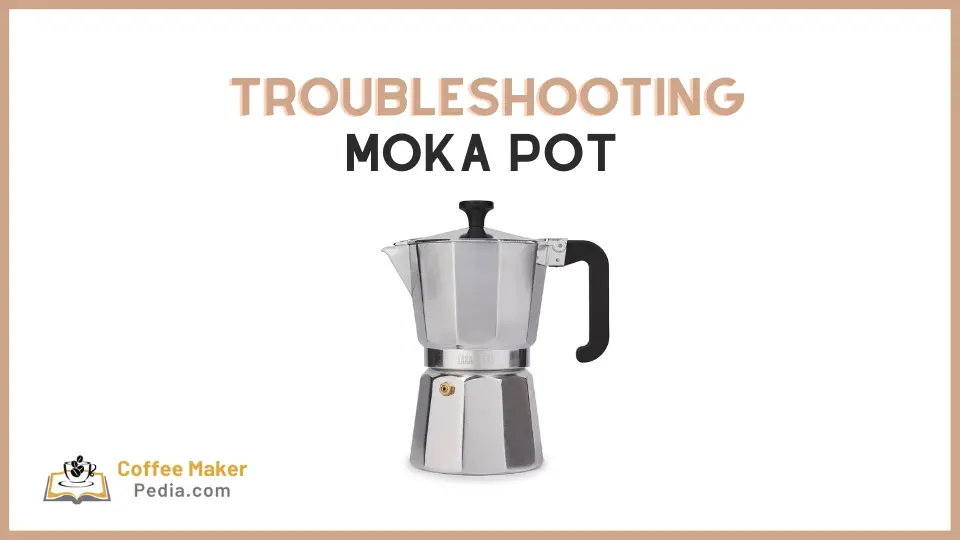Moka pot Troubleshooting guide
The moka pot was invented 90 years ago in Italy by Alfonso Bialetti, an Italian engineer who based his original coffee-making design on the functioning of early washing machines. The reality is that moka pots have changed very little from the original concept. Only more durable materials are used, transitioning from simple aluminum to stainless …
